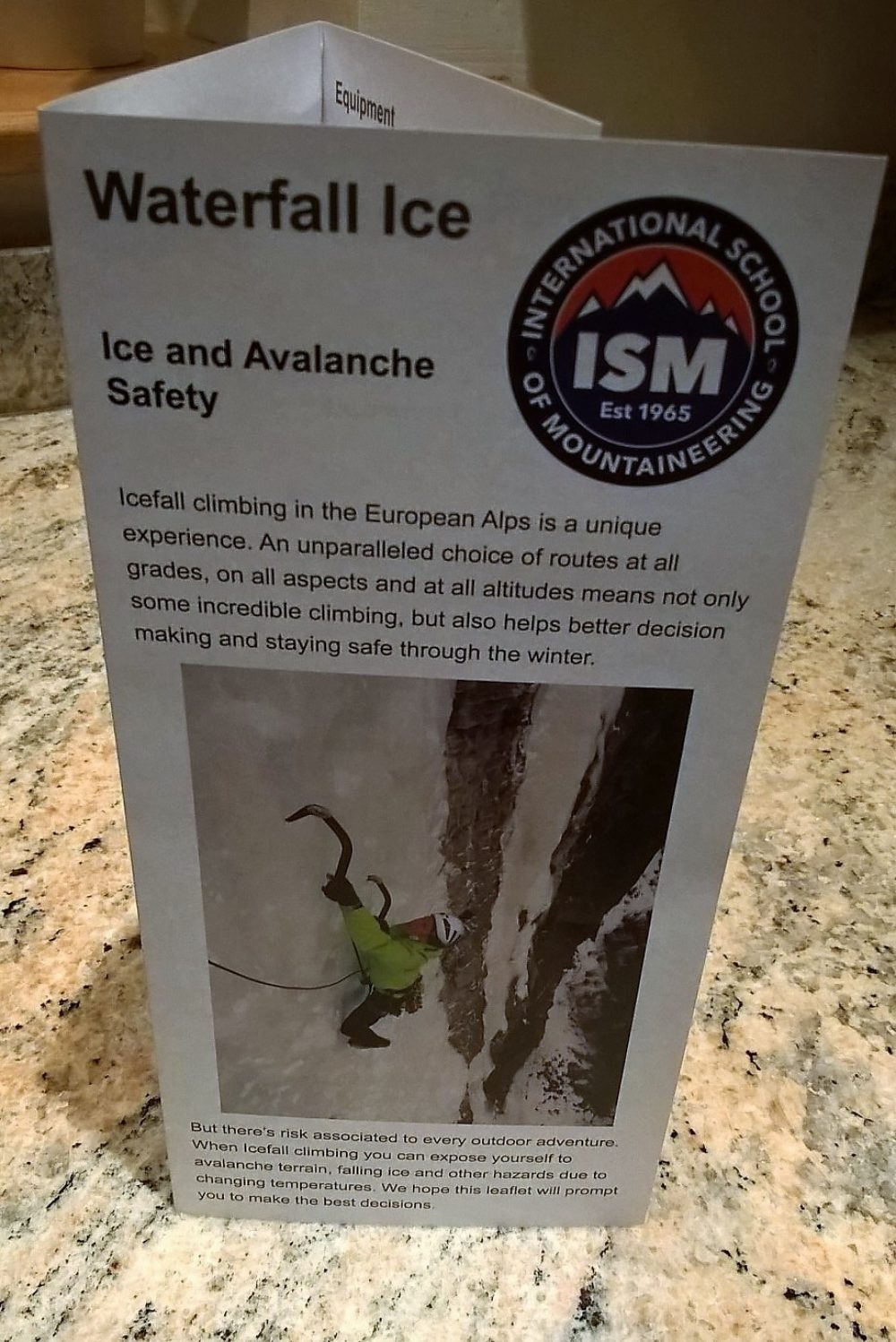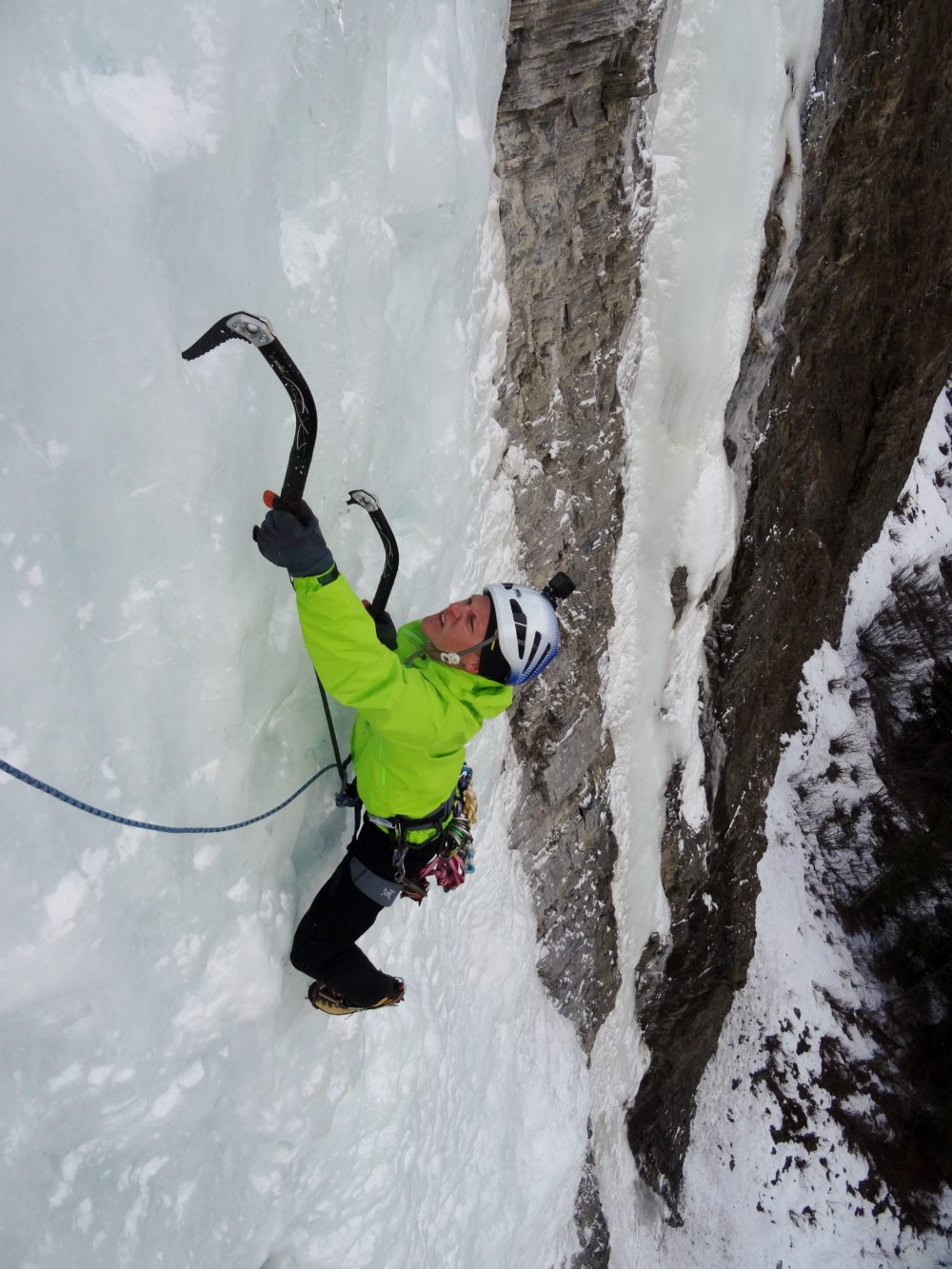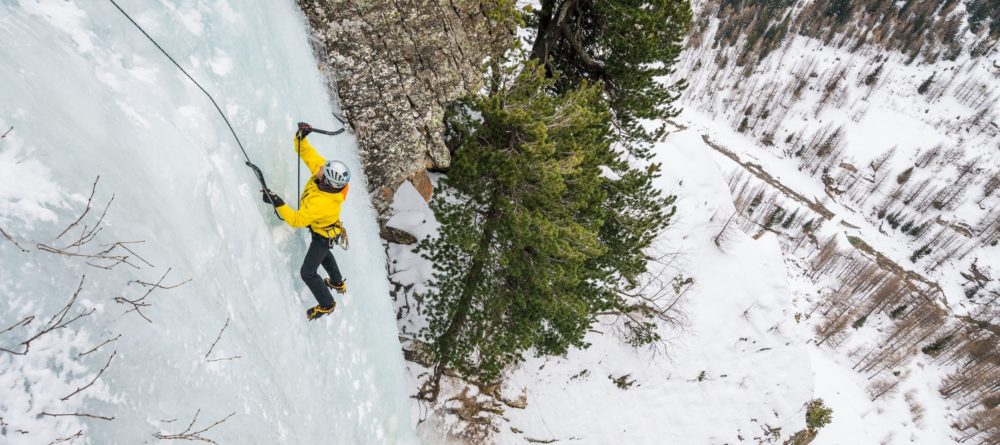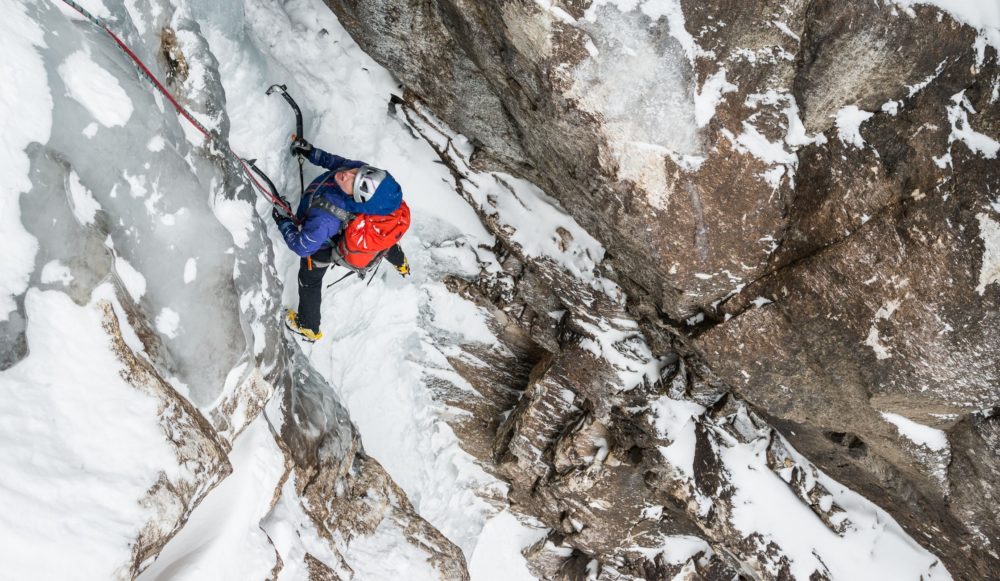Waterfall Ice Safety Leaflet
ISM has produced a 'Waterfall Ice' safety leaflet, which we hope highlights potential hazards and help with decision making when chosing an ice route to climb this winter.
We'll distribute the leaflet throughout the main ice climbing areas in the Alps as well as being available at The Climbers Shop in Ambleside and Milton Keynes and also the Joe Brown Shops in North Wales.

Ice and Avalanche Safety Leaflet
Icefall climbing in the European Alps is a unique experience. An unparalleled choice of routes at all grades, on all aspects and at all altitudes means not only some incredible climbing, but also helps better decision making and staying safe through the winter.

But there’s risk associated to every outdoor adventure. When Icefall climbing you can expose yourself to avalanche terrain, falling ice and other hazards due to changing temperatures. We hope this leaflet will prompt you to make the best decisions.
Use this PARTNER to help plan and promote better decision making
Planning
History of the ice and snow pack
Weather forecast
Avalanche Bulletin
Social media platforms
Locals, other climbers, professionals
Avalanche
Approach conditions
Conditions in-between ice pitches
Snow conditions above the route & out of sight
Route Choice
Just because the ice route is there and a track in the snow leads to it doesn’t mean it’s safe to climb today
Ability / difficulties
Time / length of day & route
Aspect - does it get full sun?
Altitude – do you need to climb higher during a very warm forecast?
Temperature
Temperature has the biggest effect on the ice
Has it been very warm in the day? Is steep ice saturated, heavy & delaminating?
Has it been very cold? Is steep ice fragile and under a lot of tension?
Are there huge swings in temperature (+10 in the day and -20 at night)? Can steep ice sustain these changes safely?
Notice
What’s happening & are the conditions changing around you?
Is the sun hitting the snow filled bowl above the route?
Is the cross wind loading the gulley or bowl above?
Is heavy snow falling and loading the existing snowpack?
Are other climbers on the same route and could they knock ice down on you?
Enjoy
Climb with partners who take a considered approach to leading and don’t fall off
Listen to each other to how you’re feeling & if it doesn’t ‘feel’ right do something else
Always carry a V-Threader to get off a route
Risk
Weigh up all the hazards
Sometimes the hardest decision is to turn back
Don’t let familiarity of a route or area mean that you miss warning signs and hazards

Weigh up all the hazards
Sometimes the hardest decision is to turn back, don’t let familiarity of a route or area mean that you miss warning signs and hazards
Remember that the route will still be there another day and the trick is for you to be there too!
Avalanche Hazards
Sun
The impact of the sun thawing snow on slopes & in drainage bowls above the icefall you’re climbing & naturally releasing, whilst you’re climbing in the shade
Wind
While you’re climbing, the wind can cross load & deposit snow into your gulley. This accumulated snow forms wind slab, which could then naturally release on the ice or be released by you
The wind moves snow which accumulates forming as wind slab on lee slopes & in bowls
Snowing
Heavy snowfall during a day can overload the gulley you’re in, which could then release naturally
New overloading of snow can release naturally from the steep sides of the icefall or drainage line, avalanching into the line you’re climbing
Rain
Water permeating through the snowpack causing a weak layer to release
Falling Ice
Ice being dislodged from other teams climbing on the same route
The fringes of ice around and above the icefall you’re climbing, releasing naturally during both very warm & very cold temperature cycles
Remember
Plan ahead
Constantly evaluate
Be prepared to turn back if the hazard feels too great
Try not to climb under other teams, climbing the same line

Equipment
Helmet
Harness
Crampons with vertical front points
Curve shafted ice axes
Warm mountain boots
Leashes
10 x ice screws & quickdraws (minimum)
V-Threader
Abseil cord
Ice screw clipper system
Shell jacket & pants
Good layering system for long hikes
Warm duvet jacket
Spare gloves
Ski poles
Guidebook
Mobile phone or satellite GPS device
Build your icefall climbing experience steadily over time and don’t rush into leading on steep ice until you’re totally ready.
Focus on technique first and gain knowledge through climbing & talking to experienced climbers or professionals.



Supported by
Related News Articles

Getting Into & Developing Your Climbing
Indoor bouldering is a great place to start if you want to try climbing for the first time. You can…
Read Article
Petzl 'Alpen Adapt' Crampons
A quick look at the Petzl crampons that I'm using at the moment, and how you can very easily mix…
Read Article
Petzl Crampon Compatability
Mix & match the different Petzl crampon sections, to create the best fit for your boots, and adapt to each adventure.
Read ArticlePrussiking Up A Rope
Following the recent articles around crevasse rescue and snow belays, I wanted to finish up by outlining a standard technique…
Read Article



